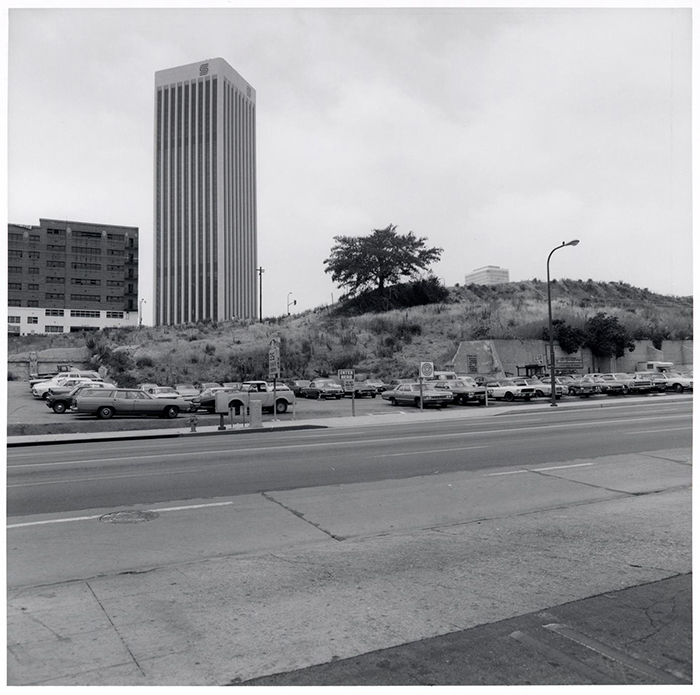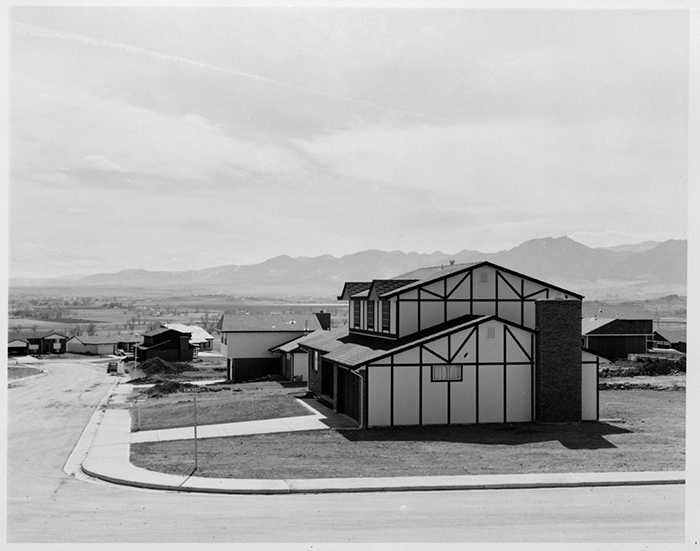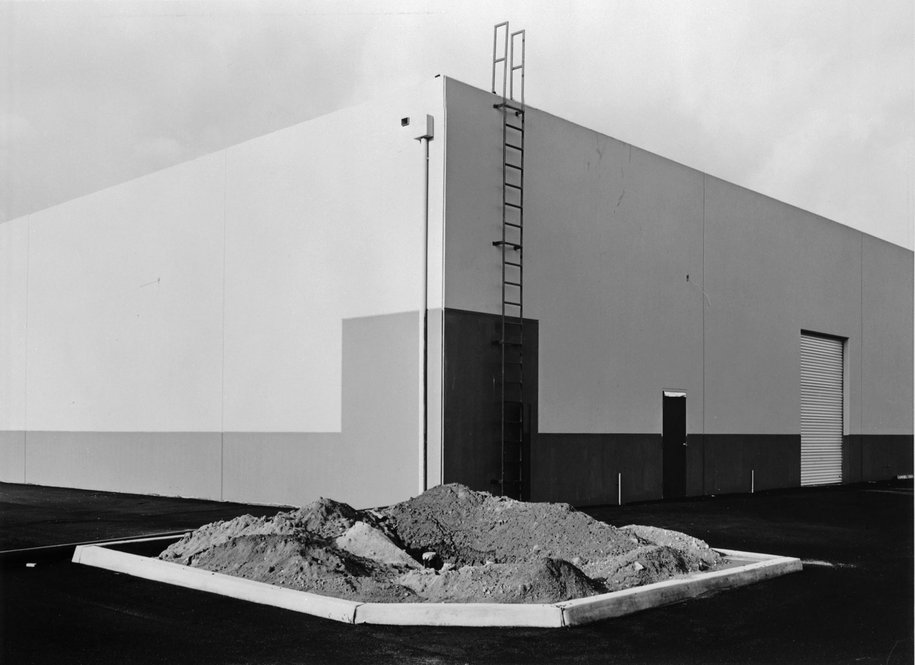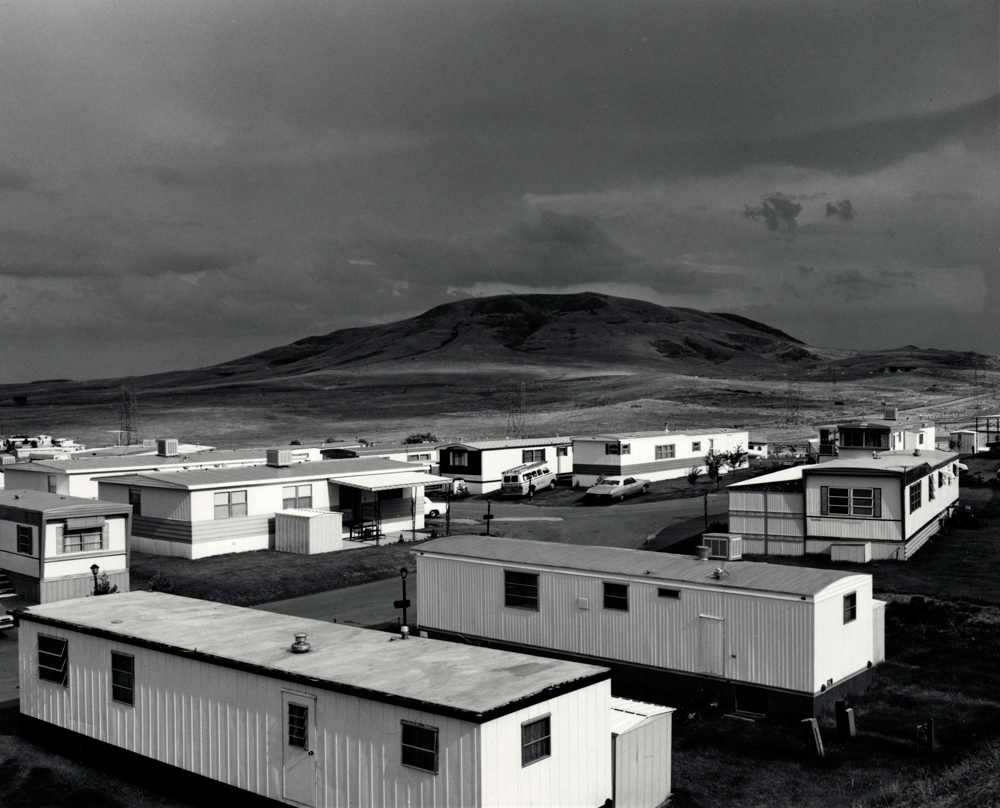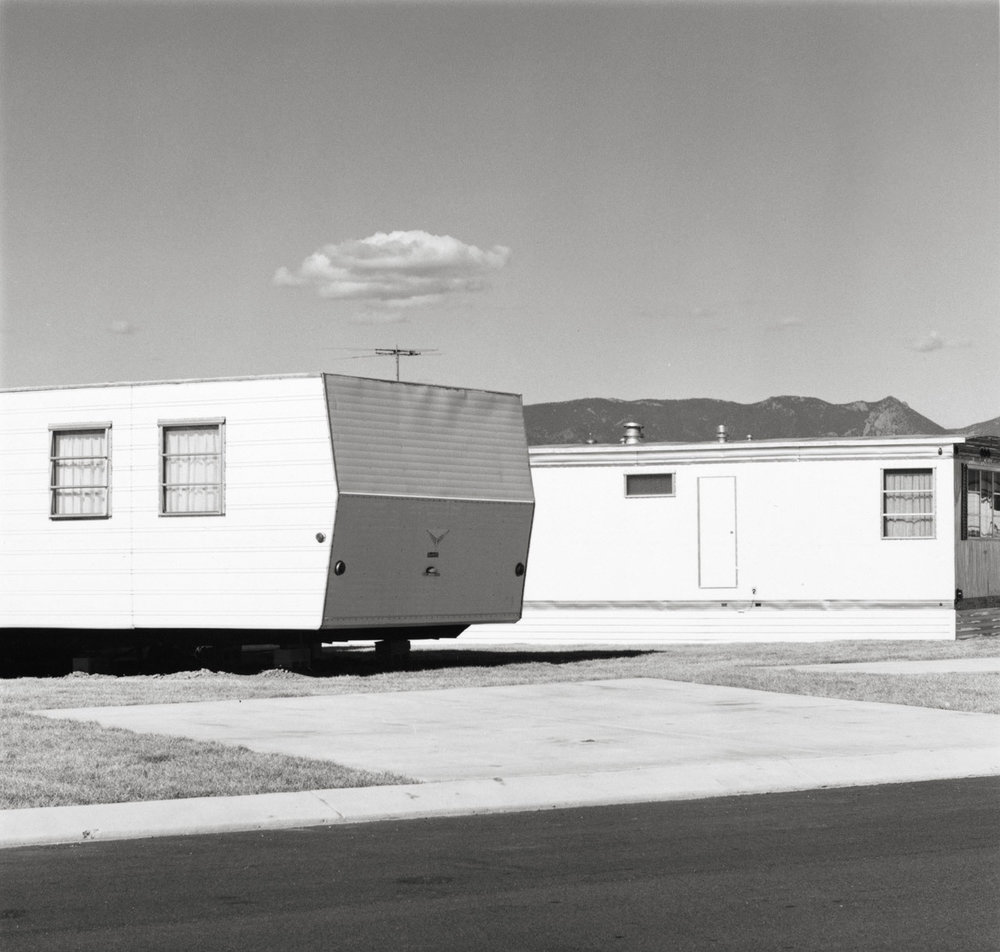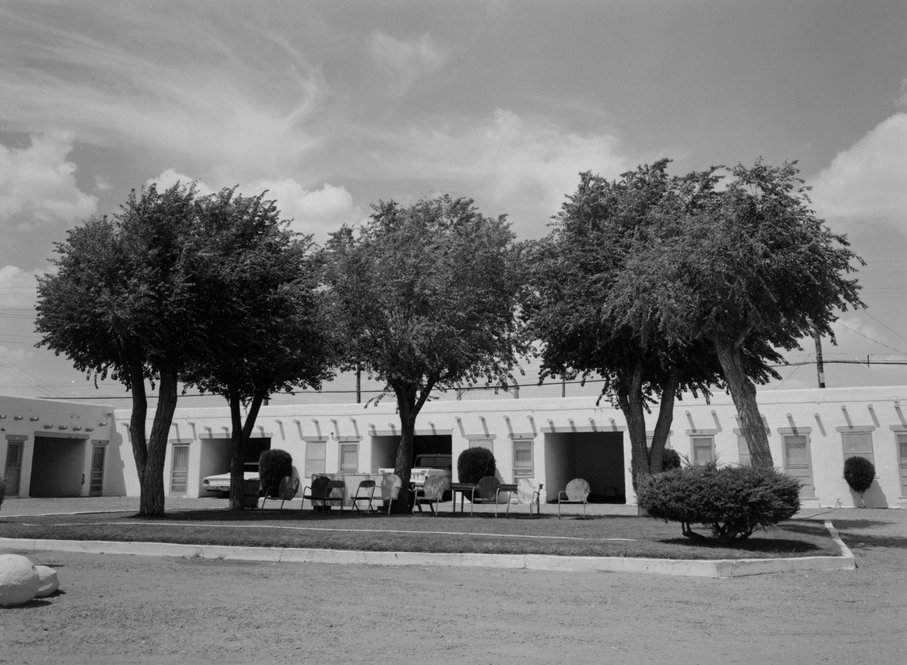New Topographics represented a radical shift of landscape photography from photos of the natural environment, to photos of the built new developing environment. Many of the photographers associated with new topographics including Robert Adams, Lewis Baltz, Nicholas Nixon and Bernd and Hiller Becher, were inspired by the man-made new delepoing areas of America. Carparks, suburban housing and warehouses were all photographed with beauty that they were not considered to have, almost in the way early photographers documented the natural landscape. These new topographic photographers were less concerned with portraying an ideal image of nature and were more interested in showing plainly how man has altered it.
Examples of the New Topographic images
These images depict the difference between the natural landscape of the world, and how man-made structures have altered the natural landscape. In the images you can see man made structures that still contain natural landscapes and nature around them, depicting that even though the world has been impacted by these structures, nature still exists around them.
What was the New Topographics a reaction to?
It can be argued that the New Topographics was a reaction to the traditional photographs of landscapes taken by photographers such as Ansel Adams. These new photographers wanted to shift away from the traditional landscape photos to create new unusual landscape photographs of the new developing world, a huge shift away. These new photos of everyday buildings taking over nature, placed people into a stance of responsibility towards the landscape’s future, a branch of thought which became very popular in the 1970s.
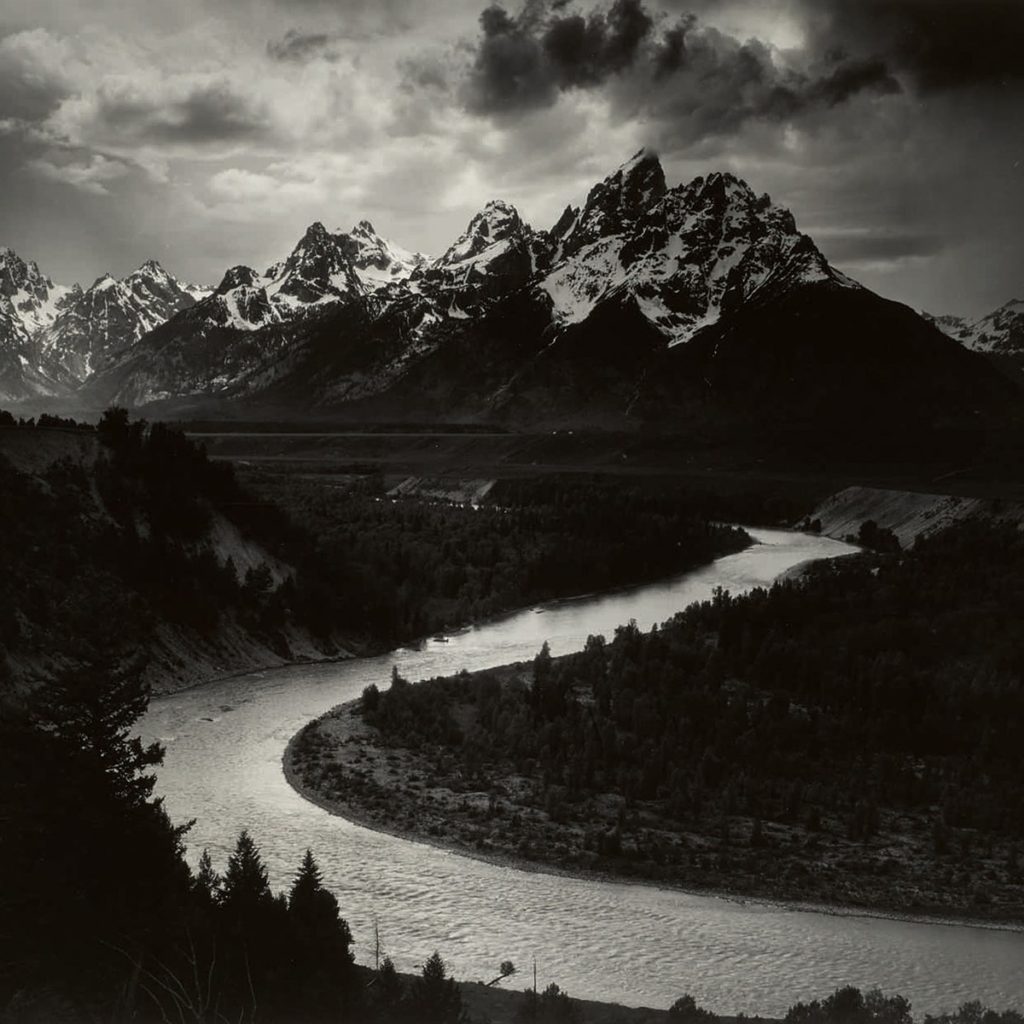
Traditional landscape photo 
New Topographics photo

